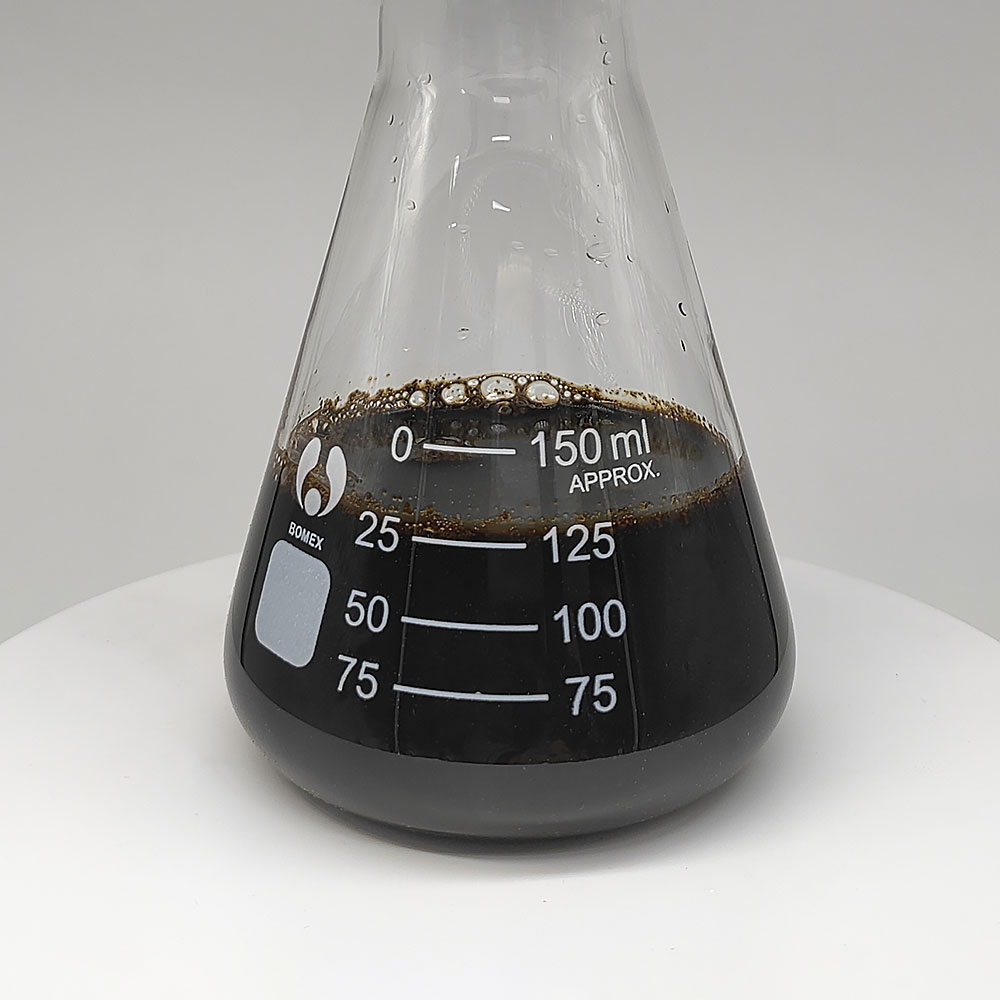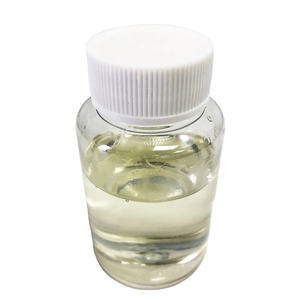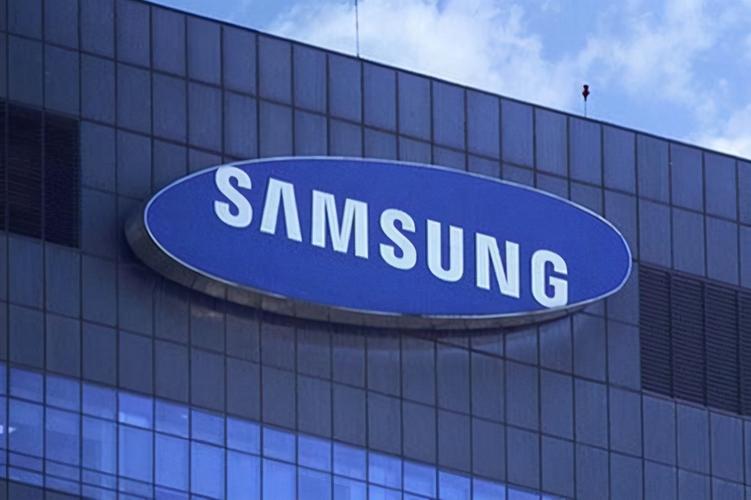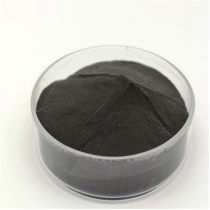Introduction to Nano-Silica: A Cornerstone of Advanced Nanomaterials
Nano-silica, or nanoscale silicon dioxide (SiO TWO), has become a fundamental material in contemporary scientific research and design due to its unique physical, chemical, and optical properties. With bit dimensions typically ranging from 1 to 100 nanometers, nano-silica displays high surface area, tunable porosity, and exceptional thermal stability– making it crucial in fields such as electronic devices, biomedical engineering, coverings, and composite materials. As markets pursue higher efficiency, miniaturization, and sustainability, nano-silica is playing a significantly critical function in making it possible for breakthrough technologies throughout multiple fields.

(TRUNNANO Silicon Oxide)
Essential Properties and Synthesis Strategies
Nano-silica bits have distinct qualities that separate them from mass silica, consisting of enhanced mechanical toughness, boosted dispersion habits, and exceptional optical openness. These properties originate from their high surface-to-volume proportion and quantum arrest results at the nanoscale. Different synthesis approaches– such as sol-gel processing, flame pyrolysis, microemulsion techniques, and biosynthesis– are used to regulate fragment dimension, morphology, and surface area functionalization. Recent advances in environment-friendly chemistry have also allowed environment-friendly production routes utilizing farming waste and microbial resources, straightening nano-silica with round economic situation concepts and lasting advancement objectives.
Function in Enhancing Cementitious and Construction Materials
One of the most impactful applications of nano-silica depends on the construction sector, where it substantially improves the efficiency of concrete and cement-based compounds. By filling nano-scale spaces and increasing pozzolanic responses, nano-silica enhances compressive strength, reduces permeability, and raises resistance to chloride ion infiltration and carbonation. This causes longer-lasting facilities with decreased upkeep prices and environmental impact. Additionally, nano-silica-modified self-healing concrete formulas are being created to autonomously repair splits via chemical activation or encapsulated healing agents, additionally expanding service life in aggressive settings.
Combination right into Electronics and Semiconductor Technologies
In the electronic devices sector, nano-silica plays a crucial duty in dielectric layers, interlayer insulation, and progressed product packaging remedies. Its low dielectric continuous, high thermal security, and compatibility with silicon substratums make it excellent for usage in integrated circuits, photonic tools, and versatile electronic devices. Nano-silica is also used in chemical mechanical sprucing up (CMP) slurries for precision planarization throughout semiconductor fabrication. In addition, arising applications include its use in clear conductive films, antireflective finishings, and encapsulation layers for organic light-emitting diodes (OLEDs), where optical clarity and lasting reliability are extremely important.
Improvements in Biomedical and Drug Applications
The biocompatibility and safe nature of nano-silica have actually caused its prevalent fostering in medication delivery systems, biosensors, and tissue design. Functionalized nano-silica particles can be engineered to carry restorative representatives, target details cells, and release medications in controlled atmospheres– using substantial capacity in cancer therapy, gene shipment, and persistent illness administration. In diagnostics, nano-silica works as a matrix for fluorescent labeling and biomarker discovery, improving level of sensitivity and precision in early-stage illness screening. Researchers are likewise exploring its use in antimicrobial finishings for implants and wound dressings, broadening its utility in professional and healthcare settings.
Innovations in Coatings, Adhesives, and Surface Area Design
Nano-silica is revolutionizing surface area design by making it possible for the growth of ultra-hard, scratch-resistant, and hydrophobic coverings for glass, steels, and polymers. When integrated into paints, varnishes, and adhesives, nano-silica boosts mechanical resilience, UV resistance, and thermal insulation without compromising transparency. Automotive, aerospace, and consumer electronics sectors are leveraging these properties to enhance product aesthetics and longevity. Moreover, smart coatings infused with nano-silica are being created to reply to environmental stimuli, supplying adaptive protection versus temperature adjustments, moisture, and mechanical anxiety.
Ecological Removal and Sustainability Campaigns
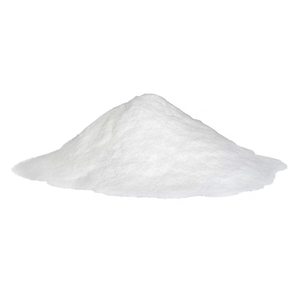
( TRUNNANO Silicon Oxide)
Beyond commercial applications, nano-silica is acquiring grip in ecological innovations aimed at pollution control and resource recuperation. It acts as an effective adsorbent for heavy steels, organic toxins, and contaminated impurities in water therapy systems. Nano-silica-based membrane layers and filters are being maximized for careful filtering and desalination procedures. In addition, its capacity to serve as a catalyst support boosts deterioration efficiency in photocatalytic and Fenton-like oxidation responses. As regulative criteria tighten and global demand for tidy water and air surges, nano-silica is coming to be a key player in lasting removal methods and eco-friendly technology growth.
Market Fads and International Industry Development
The international market for nano-silica is experiencing rapid growth, driven by raising demand from electronic devices, building and construction, drugs, and power storage industries. Asia-Pacific continues to be the biggest producer and consumer, with China, Japan, and South Korea leading in R&D and commercialization. The United States And Canada and Europe are also witnessing solid expansion sustained by development in biomedical applications and progressed production. Principal are spending heavily in scalable manufacturing technologies, surface alteration capabilities, and application-specific formulations to meet progressing industry requirements. Strategic partnerships in between scholastic establishments, start-ups, and international firms are accelerating the change from lab-scale research to full-blown commercial deployment.
Challenges and Future Directions in Nano-Silica Innovation
Regardless of its numerous advantages, nano-silica faces challenges associated with dispersion stability, economical large synthesis, and long-lasting health and wellness assessments. Heap propensities can reduce efficiency in composite matrices, needing specialized surface treatments and dispersants. Manufacturing expenses continue to be relatively high contrasted to traditional ingredients, limiting adoption in price-sensitive markets. From a regulative viewpoint, recurring studies are reviewing nanoparticle poisoning, inhalation dangers, and environmental destiny to guarantee responsible use. Looking ahead, proceeded improvements in functionalization, hybrid composites, and AI-driven formulation design will open brand-new frontiers in nano-silica applications across markets.
Verdict: Shaping the Future of High-Performance Materials
As nanotechnology remains to grow, nano-silica stands out as a functional and transformative product with far-reaching implications. Its assimilation into next-generation electronic devices, smart framework, clinical therapies, and ecological options highlights its tactical significance in shaping an extra reliable, sustainable, and highly sophisticated globe. With recurring research study and commercial collaboration, nano-silica is poised to come to be a cornerstone of future material innovation, driving development throughout scientific techniques and private sectors worldwide.
Supplier
TRUNNANO is a supplier of tungsten disulfide with over 12 years of experience in nano-building energy conservation and nanotechnology development. It accepts payment via Credit Card, T/T, West Union and Paypal. Trunnano will ship the goods to customers overseas through FedEx, DHL, by air, or by sea. If you want to know more about calcium silicon oxide, please feel free to contact us and send an inquiry(sales5@nanotrun.com).
Tags: silica and silicon dioxide,silica silicon dioxide,silicon dioxide sio2
All articles and pictures are from the Internet. If there are any copyright issues, please contact us in time to delete.
Inquiry us



